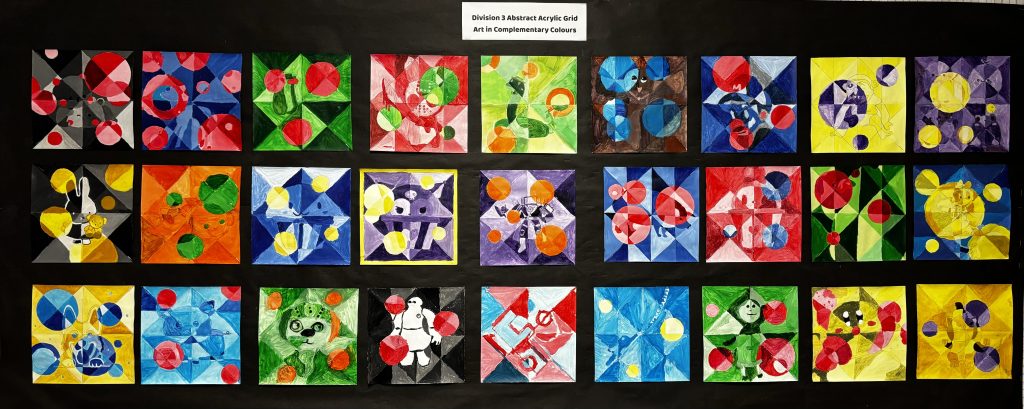
Learning the Fundamentals Behind Circuitry and How Circuits Are Used In All of the Technological Devices We Use Today
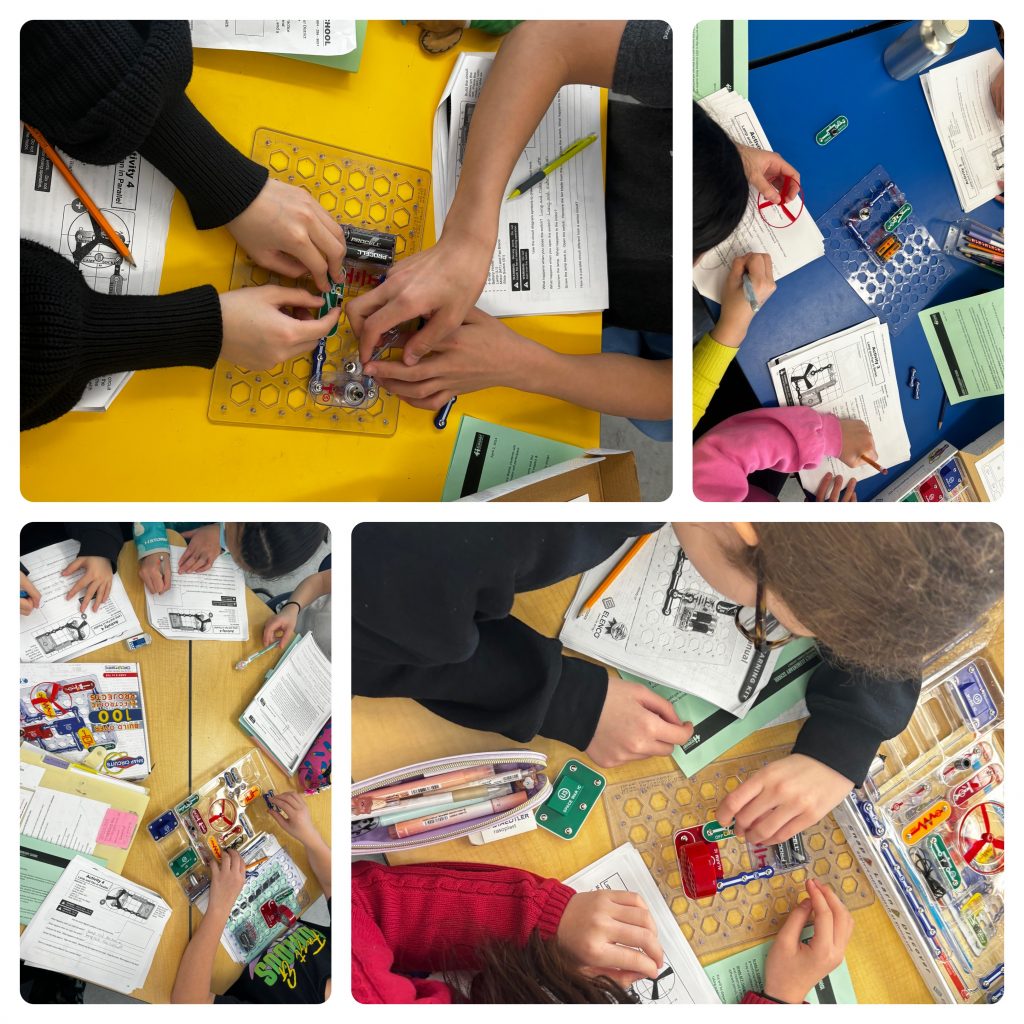
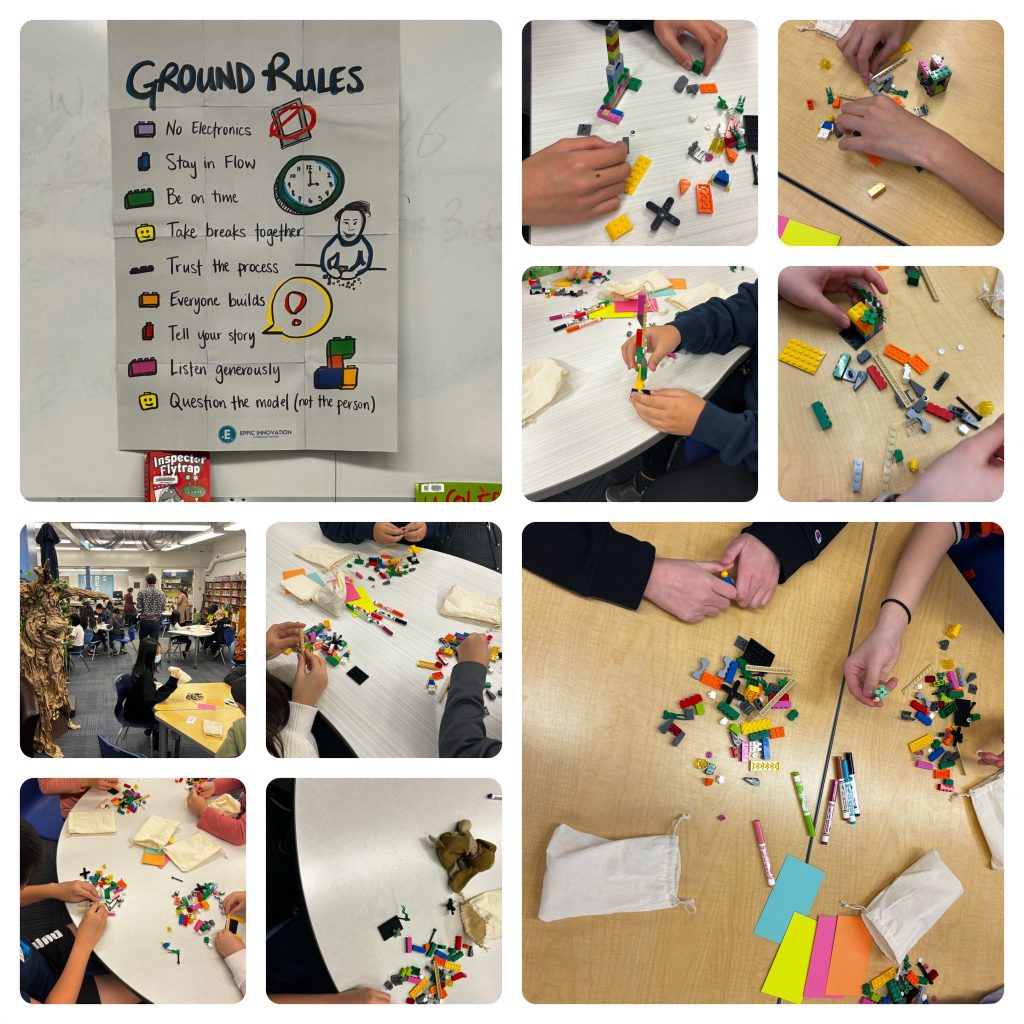
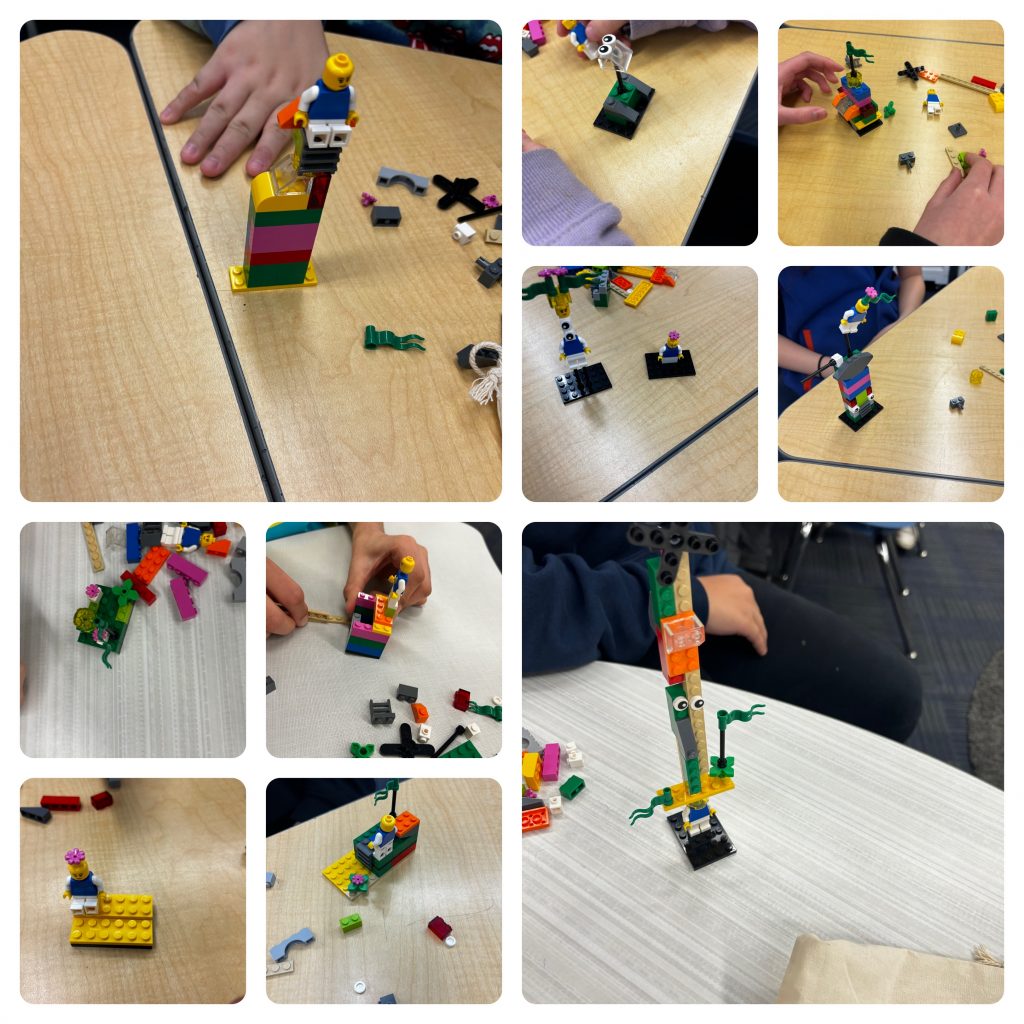

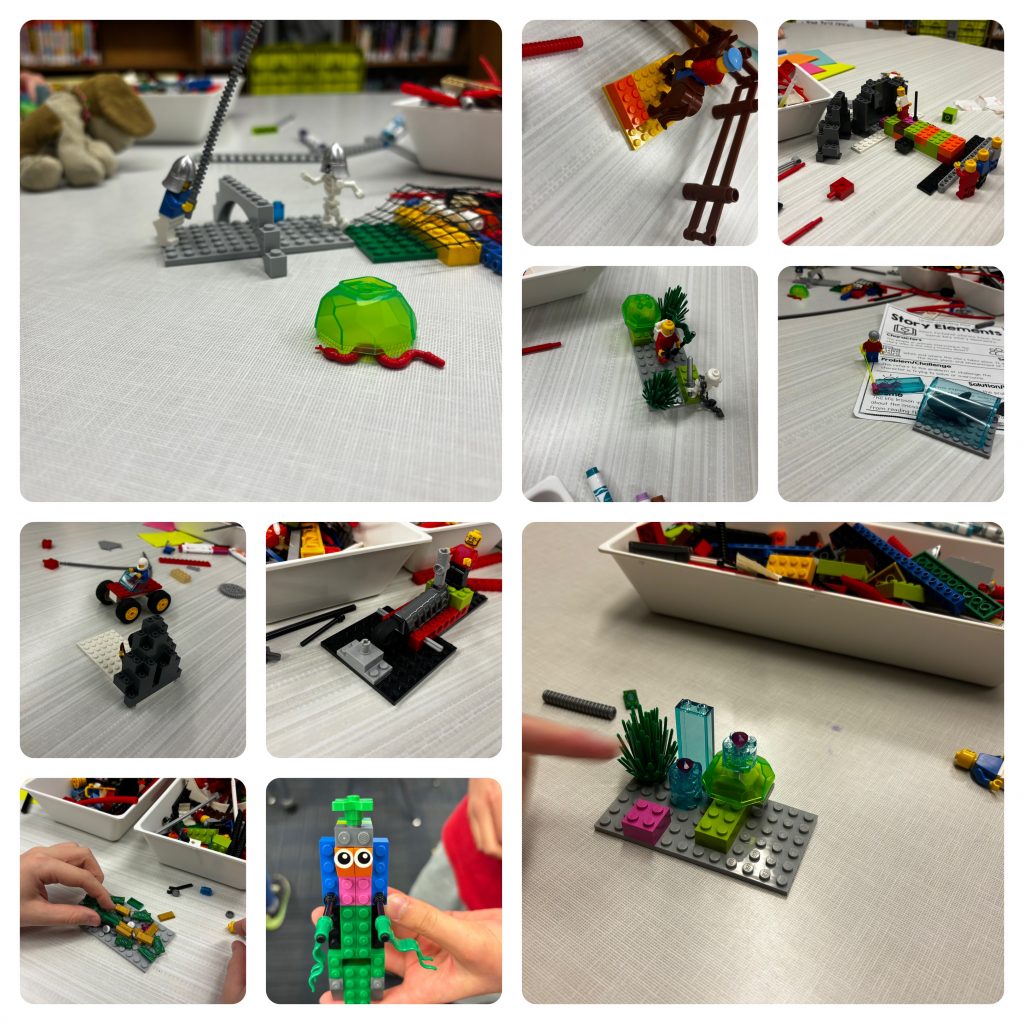
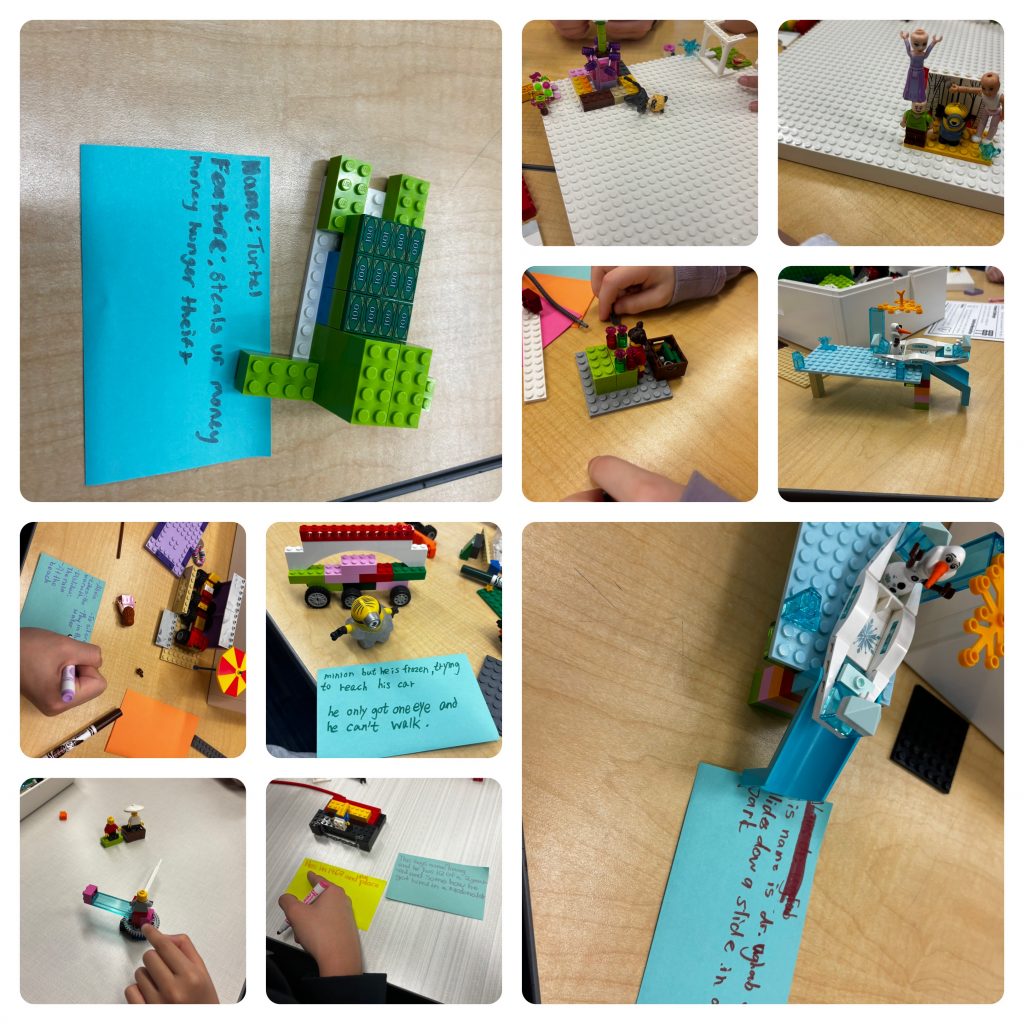
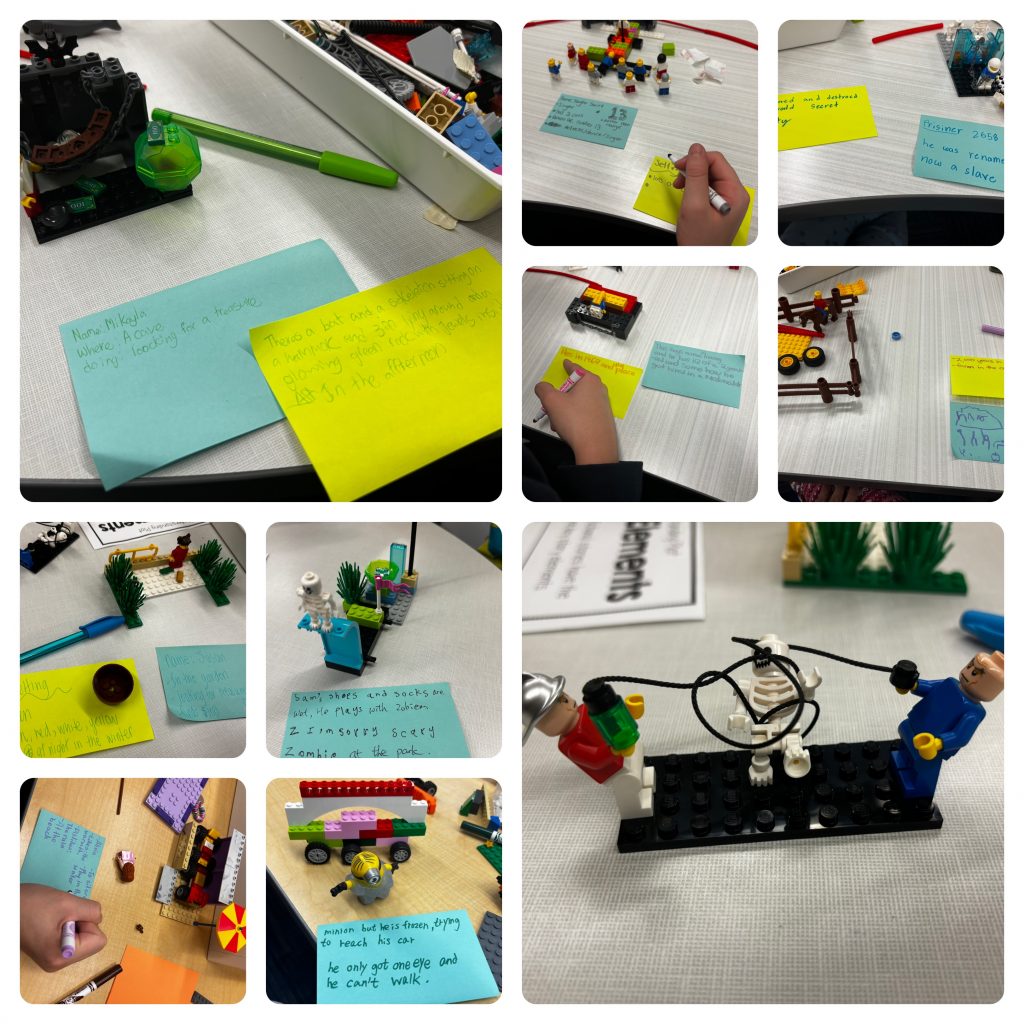
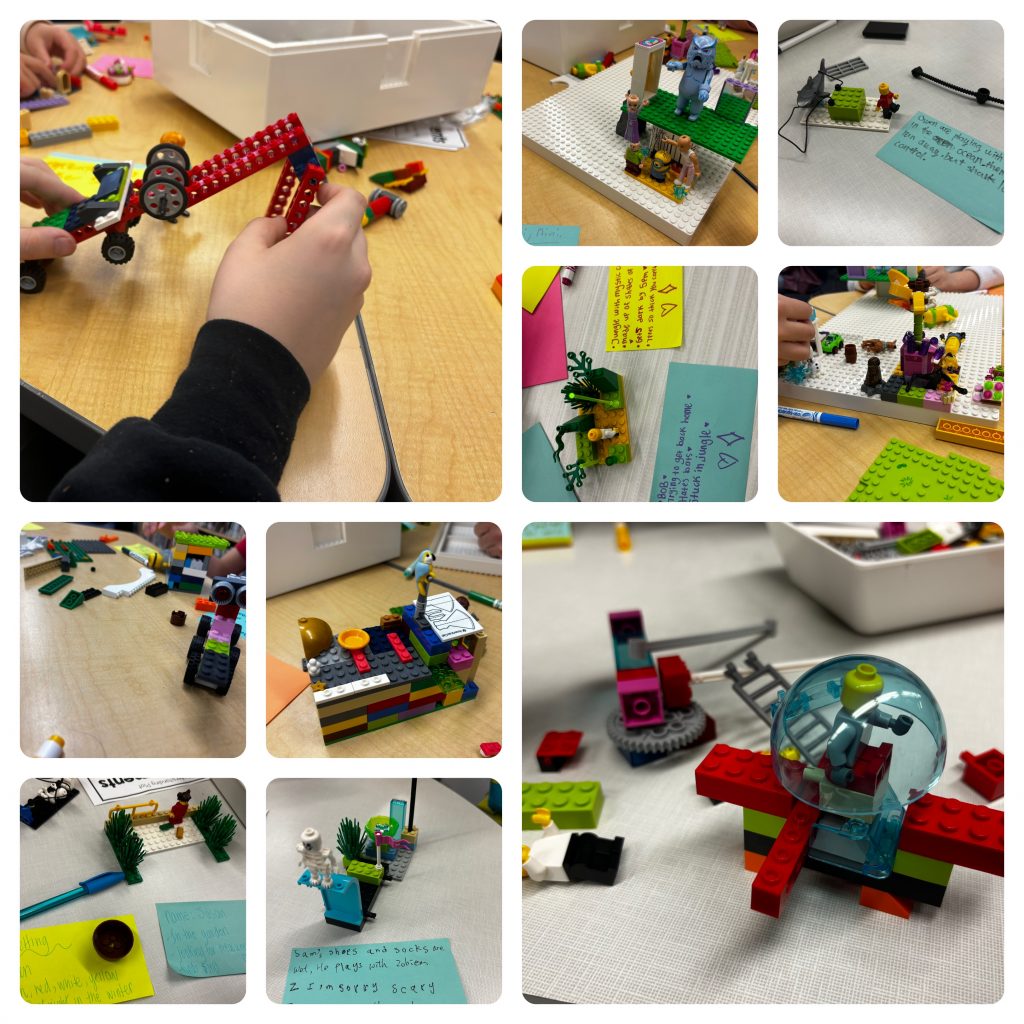 Students had so much fun prototype narratives on Friday afternoon during our Serious Lego Play Workshop.
Students had so much fun prototype narratives on Friday afternoon during our Serious Lego Play Workshop.

Poems will be uploaded to your child’s Spaces Account later this week for viewing.
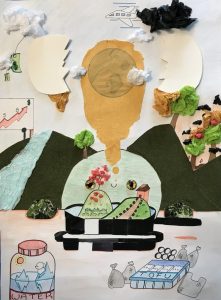
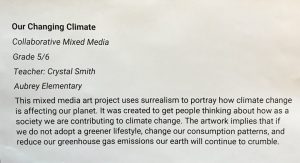
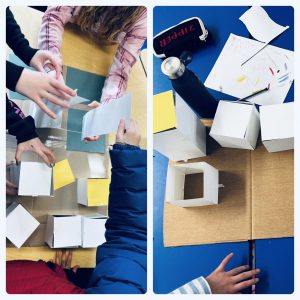 Recently in class students participated in a climate justice and climate change simulation. In this simulation students learned about the consequences of climate change, the injustice, and effects of climate change often experienced by vulnerable populations around the world.
Recently in class students participated in a climate justice and climate change simulation. In this simulation students learned about the consequences of climate change, the injustice, and effects of climate change often experienced by vulnerable populations around the world.
Students work in groups to build communities and attempt to develop mitigation and adaptation strategies while experiencing the impacts of climate change (droughts, tropical storms, rising sea levels, and other impacts of climate change).
Some of the takeaways were:
Climate change is affecting those who are often contributing the least. The people hit the hardest are those already living in poverty and at higher risk.
The simulation also highlighted the affects that climate change is going to have on people.
– Climate change is affecting our ability to grow food. Growing seasons are disrupted or shortened and storms, droughts, and floods all
affect harvest outcomes.
– Climate change is affecting where and how we live making people relocate and find new homes after generations of living in one area. It is also causing extreme storms, rising sea level, melting permafrost, etc.
-Climate change directly affects human health and safety and can lead to the spread of diseases (like malaria), heat waves, wild fires, air pollution.
This lesson is going to be one of many climate change lessons as we explore more sustainable ways of being and doing in our world in an attempt to protect the planet.
After Spring Break students will also be participating in Indigo’s Read for the Planet Program and as a classroom we will be exploring ways we can take action in our school and the broader community to combat climate change and keep our planet healthy for more years to come
Students are naturally curious about the world in which they live. They want to know more about their planet and are concerned with the challenges we face. Reading and learning together with your child is a safe and supportive way to develop awareness and ideas for ways to care for the planet. Reading about how to care for the planet can also help deepen connections to other people and the planet—connections critical for understanding the challenges and opportunities being faced in communities around our planet.
The attached resource was designed by the Indigo Love of Reading Foundation in partnership with our curriculum partner, The Critical Thinking Consortium (TC2) as an extension of our school-based Read For The Planet learning modules. We know that schools are just one place students learn and that home is a critical space for expanding on and practicing what happens in the classroom. This guide provides parents and caregivers with book suggestions, worksheets, discussion prompts and a template for a home-based action project all to help you and your little changemaker to get inspired through reading and have fun while learning about the environment together.
Lesson Retrieved From: http://www.mcic.ca/uploads/documents/Climate%20Justice-Final%20PDF%202022.pdf
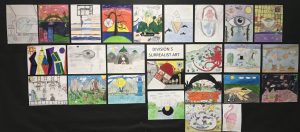
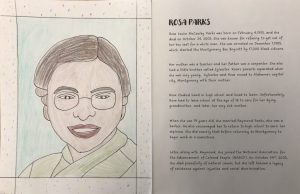
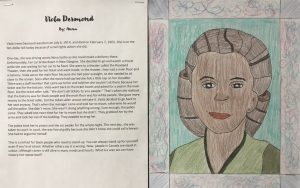
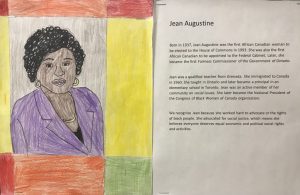

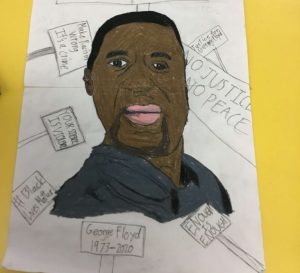
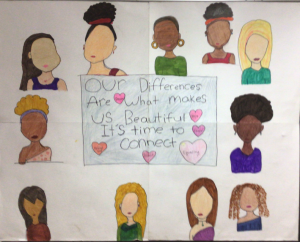
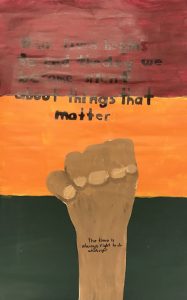
Black History Month
By: Ashley
Black History Month
By: Ashley lyske
Black History is an important part of our history that we must
Learn about, and
Acknowledge.
Carter G. Woodson started Black History in 1996
King (Martin Luther) was a well-known leader of nonviolent resistance to equal rights for all.
Hariet Tubman escaped slavery and played an important role in helping others through the underground railway
I have a dream was a famous and powerful speech by Martin Luther King.
Stop violence against all people
Treat
Others
Respectfully, kindly and how you would like to be treated
You are the change
Our Differences
By: Arielle
We are a community of varieties
But some were treated unfairly
People were tortured and blamed in our society
We couldn’t speak for ourselves clearly
Some were sold as slaves and maids
As a result, our numbers decreased
They were bruised and used in the trades
Wanting to be released
Racial Injustice/Inequality
By: Andrea
Slavery started in 1619
Back then people were controlled
Now this has changed, they are finally seen
And history has been told
We all have our differences
And that’s what makes us unique
We should stop ignorance
We have a voice, we’re not weak
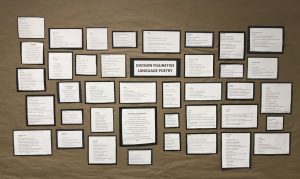
This past week we have been learning about figurative language and poetic devices. If you would like to have a closer look all poetry has been uploaded to our Spaces accounts.
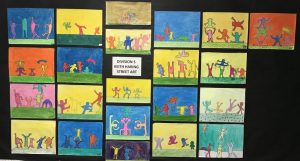
Div 3 Class Blog ©2024. All Rights Reserved.
Powered by WordPress.
Theme by Phoenix Web Solutions